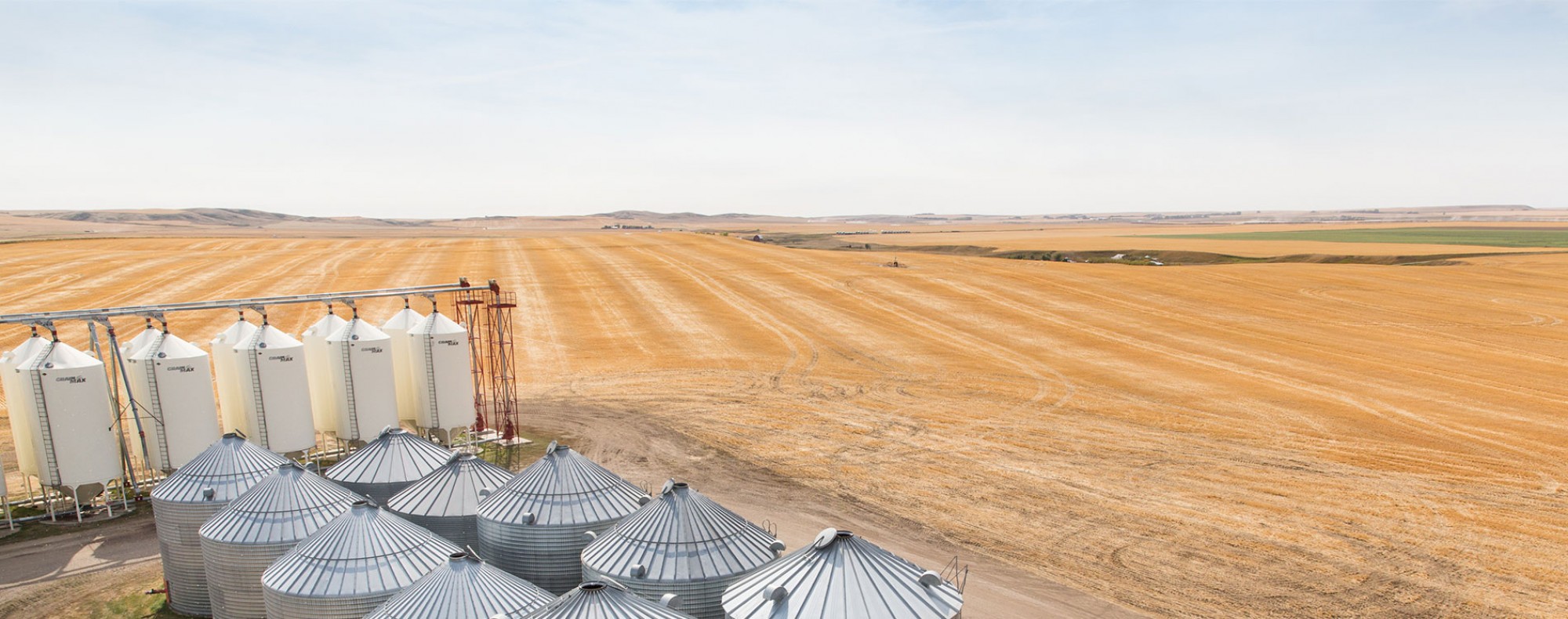Breeding Hulless malting and food barley varieties
Project
lead: Dr. Aaron Beattie, Assistant Professor, Plant
Sciences University of Saskatchewan
Start Date: April 2013
End Date: March 2018
Alberta
Barley’s contribution: $24,690
Total funding from other
partners: $157,725
Benefits
for barley farmers:
This
project will produce hulless barley varieties with improved agronomic
performance (e.g. yield, disease resistance, lodging resistance) and quality
attributes to take advantage of potential novel markets in the malting brewing
industry (e.g. a range of malting profiles to meet needs of craft and large
brewers) and markets in the food industry (e.g. high beta-glucan and amylose).
This will provide growers new opportunities to market their barley.
Summary:
The project will produce hulless barley varieties with improved agronomic
performance (e.g., yield, disease resistance, lodging resistance) and quality
attributes to take advantage of potential novel markets in the malting and
brewing industry (e.g., a range of malting profiles to meet the needs of craft
and large brewers) and markets in the food industry (e.g., high beta-glucan,
amylose).
Results:
The goals
of this project were to produce hulless barley varieties with improved
agronomic performance (e.g. yield, disease resistance, lodging resistance) and
quality attributes to take advantage of potential novel markets in the malting
brewing industry (e.g. a range of malting profiles to meet needs of craft and
large brewers) and markets in the food industry (e.g. high beta-glucan and
amylose) that were the focus of development work as part of the ABC
AgriMarketing Program.This will hopefully provide growers new opportunities to
market their barley.
Over the past year, we performed 11 crosses devoted to producing two-row hulless food and malting varieties. We advanced 10 F2, 12 F4 and 17 F5 populations in Saskatoon, sent 11 F1 and 10 F3 populations to our winter nursery in New Zealand, grew 3,300 F5 hills, 500 F6 lines in microplots and grew 66 F7 and F8 lines in yield trials. We also conducted ~10,000 grain quality analyses, ~1,700 malt analyses, collected ~5,000 molecular marker data points and sent ~4,000 lines for disease evaluation.
We had four 1st year and two 2nd year entries in the 2017 Western Cooperative Hulless Barley Test.
Over the course of this project we registered (or received support for registration) two food barley varieties. CDC Ascent (HB13324) is a two-row hulless, high beta-glucan food barley. This line shows excellent yield potential in comparison to other food barley varieties. HB12321 is a two-row hulless, high amylose/high beta-glucan food barley. This line shows good yield potential in comparison to other food barley varieties. We hope that these two varieties will open new markets for barley producers in Western Canada and find a role within the food industry. Their release coincided with efforts being led by the Alberta Barley Commission through the Agri-Marketing Program grant they received in 2013 to increase the use of food barley produced in Canada.
